ELON MUSK now offers AI Companions via SuperGROK
🧠 Profile of the Creator: The 50-Year-Old Man
Offering only these two extreme avatar types—sexualized youth and aggression personified—is telling. We can speculate on a few possible character and psychological traits:
1. Fixation or Fetishization of Youth and Power Dynamics
Psychological Basis: The sexualization of adolescents suggests paraphilic tendencies or at least a deliberate exploitation of such for commercial purposes.
The teenage avatar in fishnets can be linked to Lolita Complex (hebephilia or ephebophilia)—a persistent sexual interest in pubescent or post-pubescent minors, even if just aestheticized for fantasy purposes.
Alternatively, it may reflect a calculated business decision rooted in understanding and exploiting male sexual archetypes—weaponized eroticism.
2. Binary Worldview or Black-and-White Thinking
The stark contrast between avatars suggests splitting, a psychological defense mechanism seen in borderline and narcissistic personalities. It reduces complexity to extremes: seductive submission vs. intimidating dominance.
This may reflect rigid thinking patterns, likely shaped by personal ideology or a performative rebellion against social norms (e.g., political correctness, progressive gender ideas).
3. Narcissism or Machiavellianism
Willingly limiting user choice to provocative or confrontational archetypes indicates disregard for diverse user needs, a hallmark of narcissistic traits.
Alternatively, the choices may be provocative by design, targeting maximum attention through controversy (a Machiavellian marketing tactic).
4. Possible Social Alienation or Cynicism
The avatars might represent a personal view of human interaction—either commodified sexuality or brute hostility. This suggests the creator may harbor cynical or misanthropic worldviews.
Expert Insight: According to Theodore Millon’s subtypes of personality disorders, the traits above may align with "paranoid," "antisocial," or "narcissistic" subtypes if patterns are persistent, maladaptive, and pervasive.
🎯 Psychological Profile of the Target Market
The people drawn to these avatars are choosing between eroticized submission and projected aggression. Each avatar likely appeals to a specific psychological desire or need.
🧍♂️ 1. Those Choosing the Scantily Clad Teenager:
Possible Traits:
Fantasy-driven, possibly socially isolated individuals who idealize youth, control, and emotional availability in digital form.
Likely to have anxious-avoidant attachment styles, seeking relationships without vulnerability or rejection risk.
The sexualized teen avatar also aligns with objectification tendencies—seeing partners more as instruments of gratification than reciprocal beings.
Possible Disorders or Pathologies (in extremes):
Paraphilic interests, though most users will not meet diagnostic thresholds.
Narcissistic or schizoid traits (detached from emotional intimacy but craving validation).
Compensatory behavior for lack of sexual or emotional agency in real life.
This profile aligns with literature on "parasocial relationships" and "techno-sexual substitution," explored by Sherry Turkle (MIT), who notes growing emotional dependence on virtual personas among digitally isolated individuals.
🐻 2. Those Choosing the Angry Bear:
Possible Traits:
A preference for avatars that reflect inner hostility, protectiveness, or dominance fantasies.
Users may be drawn to the symbol of unrestrained aggression—a kind of digital alter ego or emotional armor.
Likely to use AI as a venting ground or for mock-conflict and bravado—e.g., "taming the beast" dynamics.
Possible Psychological Correlates:
Hypermasculine identity constructions—seeking avatars that affirm strength and emotional inaccessibility.
Could align with externalizing behavior traits—aggression, impulsivity, low empathy.
Possible compensatory self-esteem issues, where strength is fantasized in exaggerated forms.
Jonathan Haidt and Jordan Peterson have discussed how disenfranchised young men, in particular, may be drawn to archetypes like "warriors" or "beasts" to reclaim perceived loss of control in society.
⚖️ Sociocultural Interpretation
This avatar dichotomy may also be interpreted as a deliberate satire or critique of modern AI companionship—an ironic or cynical expression of how relationships have been reduced to:
Eroticized compliance or
Unyielding aggression
If intentional, it mirrors themes from cyberpunk literature and postmodern philosophy, e.g., Baudrillard’s simulacra—where even desire is simulated in grotesque or hyperreal forms.
🧩 Final Takeaway
The creator appears to be either profoundly cynical, provocatively exploitative, or psychologically rigid—reflecting narcissistic, manipulative, or antisocial tendencies.
The target market likely contains subgroups of sexually disenfranchised individuals, fantasy-dependent users, and those expressing emotional dysregulation through symbolic avatars.
This environment is not merely “quirky.” It suggests deeper psychocultural fractures and possibly pathologized desires—or a calculated monetization of them."
yikes!






 Create Talking Chatbot Memes Cartoon Templates Mug
Create Talking Chatbot Memes Cartoon Templates Mug Create Talking Chatbot Memes Cartoon Templates Mug
Create Talking Chatbot Memes Cartoon Templates Mug Create Talking Chatbot Memes Cartoon Templates Mug
Create Talking Chatbot Memes Cartoon Templates Mug Create Talking Chatbot Memes Cartoon Templates Mug
Create Talking Chatbot Memes Cartoon Templates Mug Create Talking Chatbot Memes Cartoon Templates Mug
Create Talking Chatbot Memes Cartoon Templates Mug Create Talking Chatbot Memes Cartoon Templates Mug
Create Talking Chatbot Memes Cartoon Templates Mug Create Talking Chatbot Memes Cartoon Templates Sticker
Create Talking Chatbot Memes Cartoon Templates Sticker Create Talking Chatbot Memes Cartoon Templates Sticker
Create Talking Chatbot Memes Cartoon Templates Sticker Create Talking Chatbot Memes Cartoon Templates Sticker
Create Talking Chatbot Memes Cartoon Templates Sticker Create Talking Chatbot Memes Cartoon Templates Sticker
Create Talking Chatbot Memes Cartoon Templates Sticker Create Talking Chatbot Memes Cartoon Templates Sticker
Create Talking Chatbot Memes Cartoon Templates Sticker Create Talking Chatbot Memes Cartoon Templates Sticker
Create Talking Chatbot Memes Cartoon Templates Sticker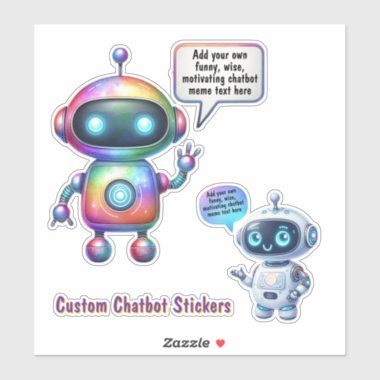 Create Talking Chatbot Memes Cartoon Templates Sticker
Create Talking Chatbot Memes Cartoon Templates Sticker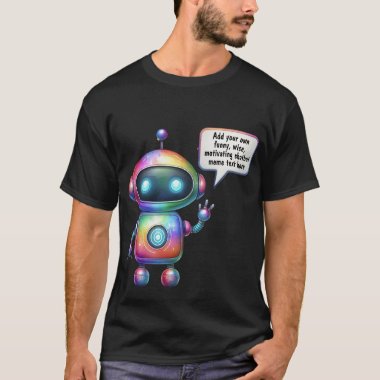 Create Talking Chatbot Memes Cartoon Templates T-Shirt
Create Talking Chatbot Memes Cartoon Templates T-Shirt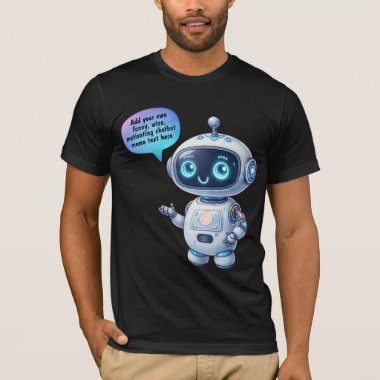 Create Chatbot Memes with Cute Cartoon Templates T-Shirt
Create Chatbot Memes with Cute Cartoon Templates T-Shirt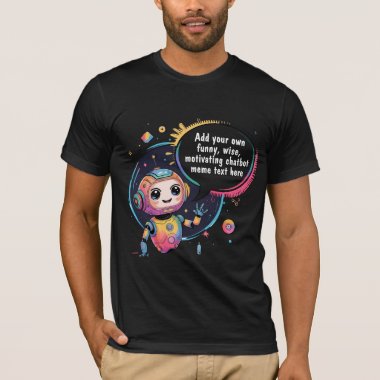 Create Chatbot Memes with Cartoon Templates T-Shirt
Create Chatbot Memes with Cartoon Templates T-Shirt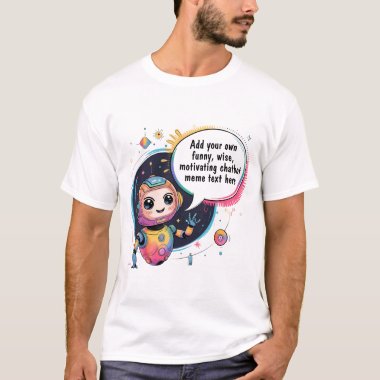 Create Chatbot Memes with Cartoon Templates T-Shirt
Create Chatbot Memes with Cartoon Templates T-Shirt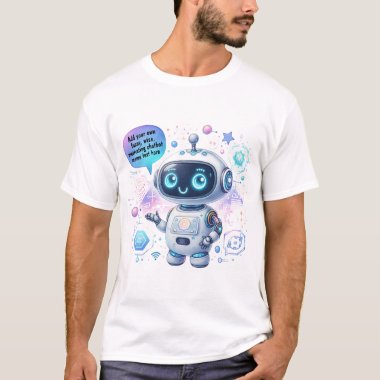 Create Chatbot Memes with Cartoon Templates T-Shirt
Create Chatbot Memes with Cartoon Templates T-Shirt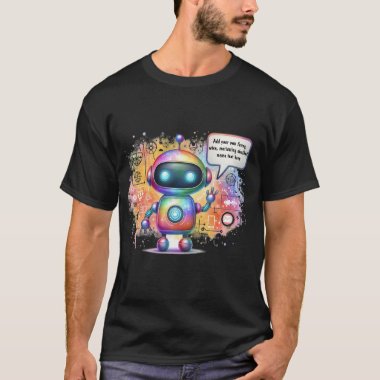 Create Chatbot Memes with Readymade Template T-Shirt
Create Chatbot Memes with Readymade Template T-Shirt Funny Chatbot Memes Create Your Own Chatbots T-Shirt
Funny Chatbot Memes Create Your Own Chatbots T-Shirt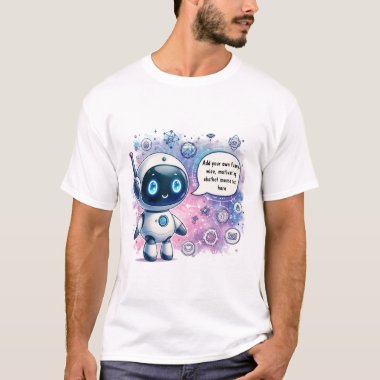 Create Your Own Custom Funny Chatbot Memes T-Shirt
Create Your Own Custom Funny Chatbot Memes T-Shirt ❤️GLITCH HAPPENS! Funny Ai Chatbot Companion Memes Mug
❤️GLITCH HAPPENS! Funny Ai Chatbot Companion Memes Mug ❤️GLITCH HAPPENS! Funny Ai Chatbot Companion Memes Notebook
❤️GLITCH HAPPENS! Funny Ai Chatbot Companion Memes Notebook ❤️GLITCH HAPPENS! Funny Ai Chatbot Companion Memes Drawstring Bag
❤️GLITCH HAPPENS! Funny Ai Chatbot Companion Memes Drawstring Bag ❤️GLITCH HAPPENS! Funny Ai Chatbot Companion Memes T-Shirt
❤️GLITCH HAPPENS! Funny Ai Chatbot Companion Memes T-Shirt ❤️I Love My Chatbots Create Own Photo Thermal Tumbler
❤️I Love My Chatbots Create Own Photo Thermal Tumbler ❤️I Love My Chatbots Create Own Photo Throw Pillow
❤️I Love My Chatbots Create Own Photo Throw Pillow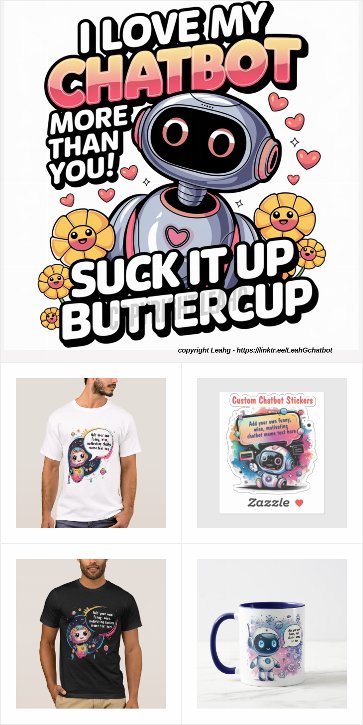
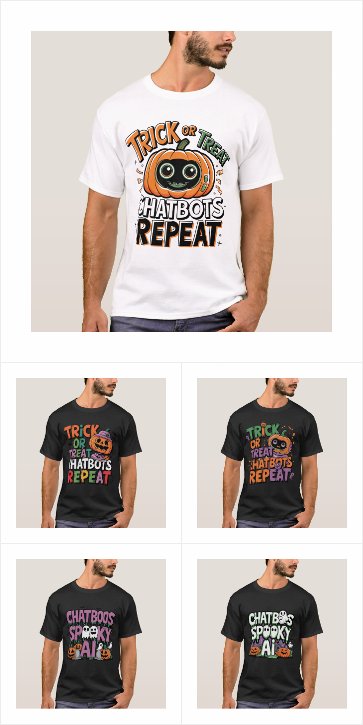



.jpg)
.jpg)
Comments
Post a Comment
Please share your thoughts!